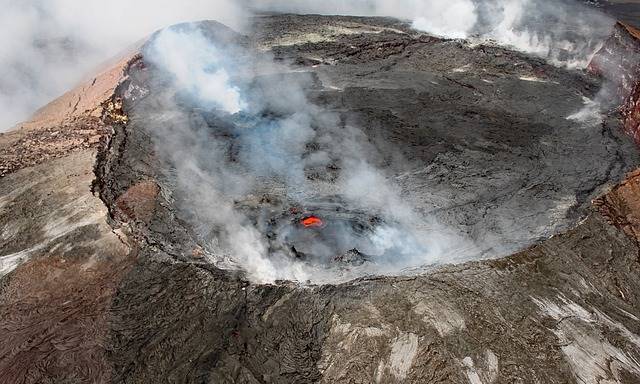ASHTAM: Enhancing Aviation Safety by Alerting Aviators to Volcanic Activities
In the dynamic world of aviation, safety remains paramount. To ensure the well-being of aircraft and passengers, aviation authorities employ various tools and technologies. One such vital tool is the ASHTAM, which serves as an early warning system for volcanic activities. In this article, we will explore what ASHTAM is and delve into its immense importance in the aviation industry.
Understanding ASHTAM – Definition
ASHTAM. A special series NOTAM notifying by means of a specific format change in activity of a volcano, a volcanic eruption and/or volcanic ash cloud that is of significance to aircraft operations.
Source: ICAO Annex 15
Importance of ASHTAM in Aviation:
Safety of Aircraft and Passengers:
Volcanic ash clouds pose significant risks to aviation, as the fine particles within these clouds can cause severe damage to aircraft engines and other critical systems. The ingestion of volcanic ash can lead to engine failure, loss of thrust, or malfunctioning of instruments, jeopardizing the safety of the aircraft and everyone on board. ASHTAM plays a crucial role in ensuring the safety of aircraft by alerting aviators to the presence of volcanic ash, allowing them to avoid these hazardous areas and reroute if necessary.
Predictive Capability:
ASHTAM provides valuable predictive capabilities by forecasting the movement and dispersion of volcanic ash clouds. By monitoring volcanic activities and utilizing advanced modeling techniques, aviation authorities can issue timely alerts, enabling pilots to plan their flight paths accordingly. This proactive approach helps avoid potential encounters with volcanic ash, minimizing the risk of engine damage and operational disruptions.
Decision-Making Support:
Aviators heavily rely on accurate and up-to-date information to make critical decisions during flight operations. ASHTAM messages provide pilots with essential data, such as the altitude range of the ash cloud, duration of volcanic activity, and recommended avoidance strategies. Armed with this information, pilots can assess the risks and determine the most suitable course of action to ensure the safety of the aircraft and its occupants.
Collaborative Efforts:
ASHTAM is a collaborative effort involving various stakeholders, including meteorological agencies, volcanic monitoring centers, and aviation authorities. These organizations work together to gather data, monitor volcanic activities, and disseminate accurate information to the aviation community. Such collaboration ensures that aviators receive the most reliable and timely updates regarding volcanic ash hazards, fostering a safer aviation environment worldwide.
In the realm of aviation safety, ASHTAM plays an indispensable role in alerting aviators to the dangers associated with volcanic activities. By providing early warnings, predictive capabilities, and decision-making support, ASHTAM enhances aviation safety by minimizing the risks posed by volcanic ash clouds. The collaborative efforts of various organizations involved in the ASHTAM system ensure that aviators have access to the most accurate and up-to-date information, enabling them to make informed choices for the well-being of passengers and the aircraft.
References:
- ICAO Doc 9766: Manual on Volcanic Ash, Radioactive Material, and Toxic Chemical Clouds.
- IATA Guidance Material for the Management of Volcanic Ash.
- MET Office. “Volcanic Ash Advice for Aviation.”
- NOAA National Centers for Environmental Information. “Volcanic Ash Advisory Centers (VAACs).”
- Volcanic Ash Impacts on Aviation: A Guide for Volcanic Ash Users, Version 2.0.
- WMO Manual on Codes (WMO-No. 306).



